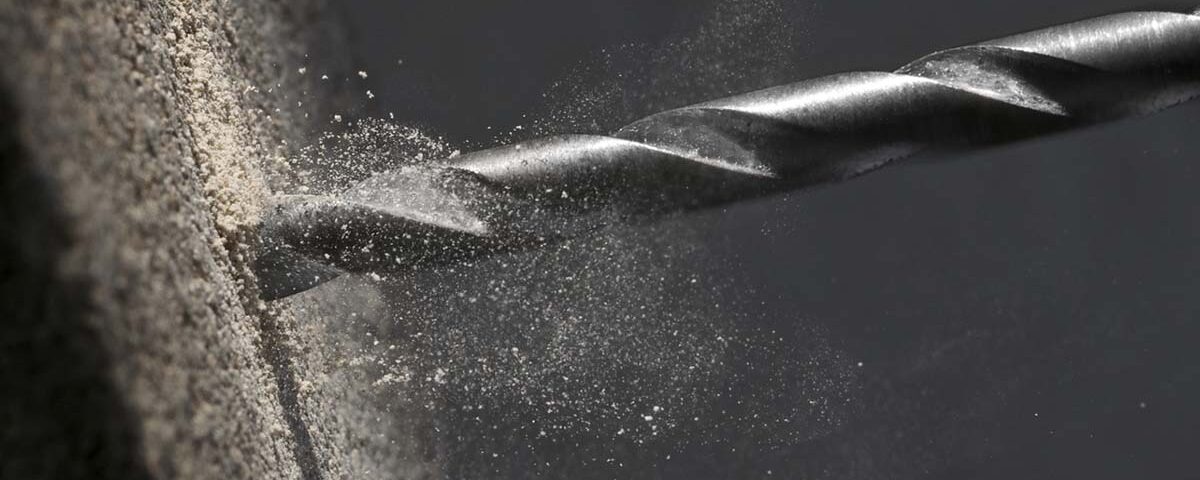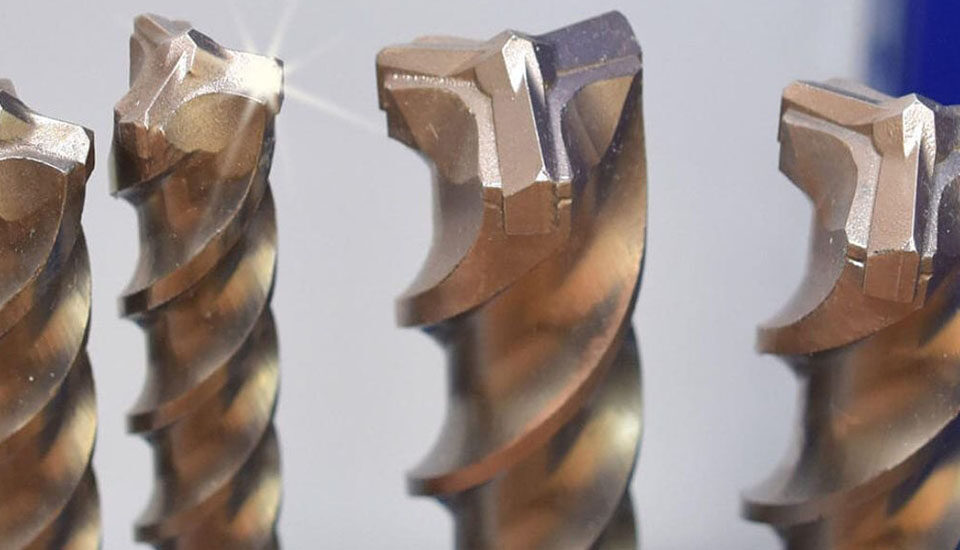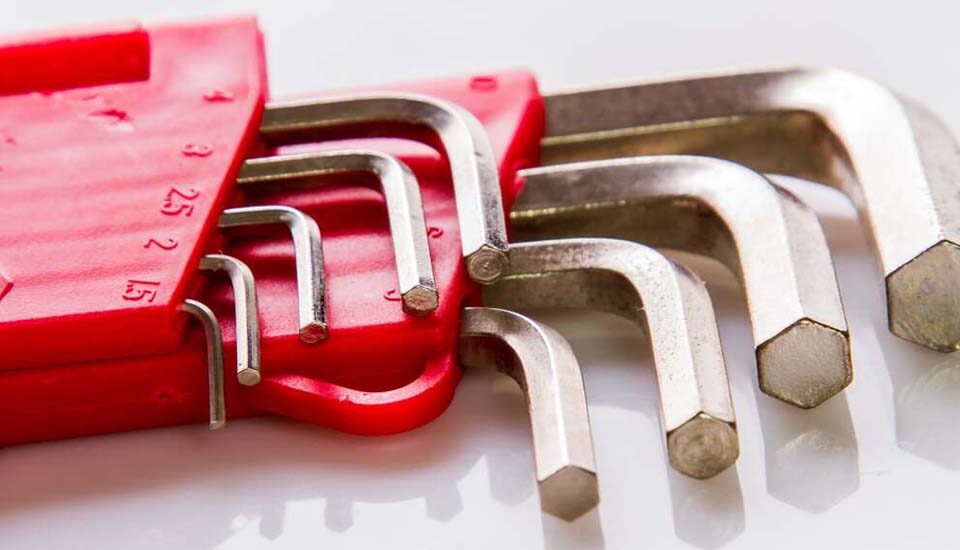The guide to drilling hole in natural stone

What tools are used to drill natural stone?
There are various tools that are commonly used for drilling natural stone. Some of these tools are:
Destructive drills: Destructive drills are used to penetrate and drill rocks. These drills have carbide or diamond tips that are used to cut and drill holes in hard rock. There are different types and sizes of drill bits.
Hammer drills: These drills are used in hammer mode for light and medium stones, and by making successive blows automatically during the rotation of the drill, they break the stone and make the required hole. This drill is not recommended for sensitive work.
Vertical or horizontal drill: used in drilling precise holes with specific dimensions.
Hand drilling tools: used for drilling the smallest stones or for more detailed work.
Normal and simple drill: they can be used to drill holes with proper accuracy, especially at home. But you need to know the important points before drilling the stone so as not to damage the drill and the stone.
How to drill holes in natural stone?
To drill natural stone with a drill, it is very important to have the right tool and the skill to use it. Below are the general steps for drilling holes in rock using a drill:
- Choosing the right drill: First, you need to choose the right drill for your type of stone. Drill bits with carbide or diamond tips are the best choice for drilling hard rock. Start with smaller drills and gradually increase their diameter and change the drill.
- Using a constant source of water: When drilling stone with a drill, it is better to place a constant source of water near the work area to cool the stone and the drill bit and prevent dust.
- Use of special protection: Before starting work, make sure to put the protection that they use around the work area to prevent dust from splashing and possible injury to the eyes and face.
- Mark and start drilling: Mark the place where you want to drill with a pencil, marker or chisel, and then using a drill and drill, slowly and vertically start drilling with appropriate pressure.
- Caring for the drill and stone: During the work, take care of the drill and stone and do the work slowly with continuous pressure and repeated blows to prevent the drill from getting stuck in the stone.
- Inspection and cleaning: After the job is done, carefully inspect the hole and make sure it is exactly the size you want. Also, clean the created dust with soap and water solution.
In any case, to do this, it is better to use full protective equipment and make sure that the drill and stone are wet and cool to ensure the durability of the tool and accuracy in drilling.
What points should be considered when drilling stone?
When drilling natural stone with a drill, it is important to pay attention to the following points:
Choosing the right drill: As mentioned, choosing the right drill is one of the most important points that you should pay attention to. Choose your drill depending on the type of stone and the work you want to do. Diamond or carbide drills are the best choice for hard stones like granite or marble.
Use of safety protection: Wear safety glasses, dust mask, and gloves to avoid injury to your eyes and face.
Moisten the stone: Moisten the stone before starting to reduce dust and keep the tool cool.
Proper pressure: Use proper pressure on the drill so that the drill bit enters the stone exactly and prevents it from getting stuck inside the stone. Avoid applying too much pressure as the drill may break.
Replace drills: Replace drills with corroded or dull tips for better performance.
Speed control: Use the right speed for the drill, especially for different stones, different speed is required.
Improve ventilation: Ensure that the workplace is well ventilated to transport dust.
Check the material you are drilling: Make sure the drilling area is clear of material and other things like pipes, so you don’t accidentally drill into them.
Controlling the depth of the hole: When drilling, pay attention to the depth of the hole so that it is drilled accurately and to the desired depth.
Cleaning: After finishing the work, carefully inspect the hole and clean the existing dust.
Also, things like implementing safety trainings, ensuring that electricity is cut off in qualified places, and using suitable and high-quality drills are also important details.
You can also use different tools to drill holes in natural stones. Some of these tools are:
- Diamond drills: suitable for hard stones such as granite or marble.
- Carbide drill bits: suitable for relatively hard rock like limestone or harder rock like granite.
- Hammer grinder: It is used to drill holes in natural stones with greater diameter and depth.
- Hammer drill: used for stone work or drilling in natural stones.
- Vertical or horizontal drill: used in cases where there is a need to drill precise holes with specific dimensions.
- Hand drilling tools: used for drilling the smallest stones or for more detailed work.
Each of these tools has its own tools, and depending on the type of stone, size and need, choose the right tool for drilling and drilling.
Does the type of stone have an effect on drilling?
The answer should be yes, the type and type of stone has a great effect on drilling. Different types of rocks have different hardness, density, and physical properties that have a direct impact on the tools and techniques used in drilling. In this case, pay attention to some of these points:
- Hardness of rock: Harder rocks require drills of different design and materials. Harder rocks like granite require diamond or carbide drills.
- Suitable drills: drills with specific characteristics are needed for each type of stone. For example, softer rocks require drills with stronger tips and higher speeds.
- Type of drilling: for different stones, the type of drilling may be different. For example, some rocks can be better drilled by hammer or rotary drilling.
- Rock stability and strength: Stones such as marble that crumble quickly require more attention than harder stones such as granite to prevent premature chipping and damage to the drill bit.
Therefore, choosing the right drill, speed and pressure, using the right tools and understanding the properties of the rock can directly affect the quality of the drilling as well as the life of the tools.



